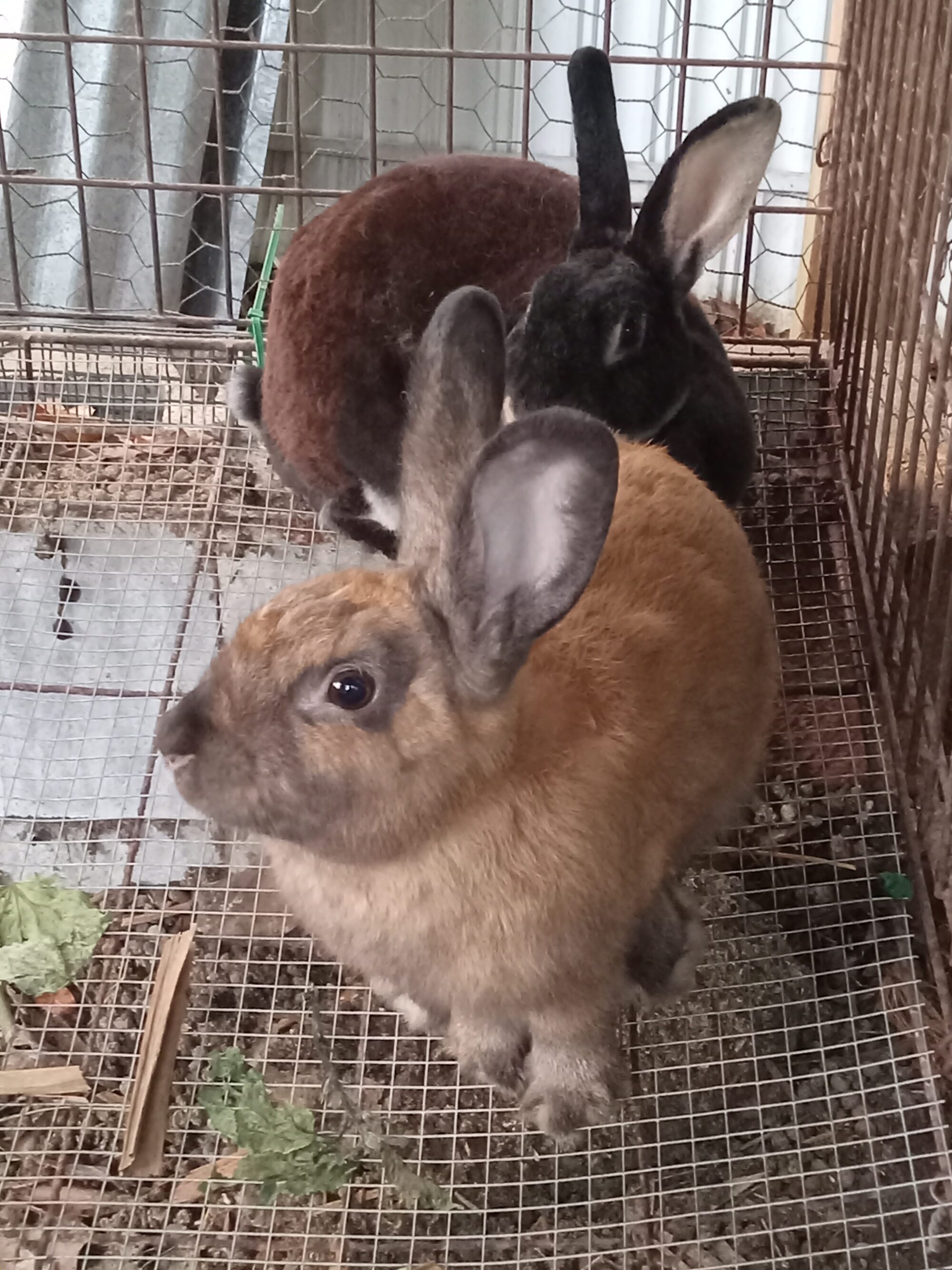Linebreeding and inbreeding are both breeding methods that involve mating closely related individuals. However, there are some differences between the two.
Linebreeding is a selective breeding technique that aims to maintain a certain percentage of genes from a particular individual or line. It involves breeding individuals who are related, but not as closely as in traditional inbreeding. Linebreeding is often used to concentrate desirable traits or characteristics in a specific bloodline while minimizing the risk of negative genetic effects. For example, line breeding might be used to increase heat tolerance and adapt your rabbits to your climate, or to increase their size.
Inbreeding, on the other hand, involves mating individuals who are closely related, such as siblings or parent-offspring pairs. This breeding method can increase the likelihood of passing on both desirable and undesirable traits. Inbreeding can be a powerful tool for fixing desired traits in a population, or for rapidly increasing your stock, but it also carries the risk of amplifying genetic disorders or reducing overall genetic diversity.
The decision to use linebreeding or inbreeding depends on various factors, including the breeder’s goals, the specific traits they want to emphasize, and the potential risks involved. Here are some considerations for each method:
Linebreeding:
- Linebreeding can be used to maintain and enhance specific traits or characteristics that are valued in a particular bloodline.
- It allows breeders to concentrate the genes of a successful ancestor while introducing some genetic diversity from other individuals.
- Linebreeding can be a useful tool for rabbit breeders who want to preserve the qualities of a specific bloodline while minimizing the risks associated with close inbreeding.
Inbreeding:
- Inbreeding can be used to fix desired traits in a population, especially when those traits are recessive and require two copies of the gene to be expressed.
- It can help establish a consistent type or phenotype within a breed.
- It can be used to increase your stock of rabbits, as long as you are careful not to rebreed close genetics, which is likely to result in deformity.
- However, inbreeding should be approached with caution due to the increased risk of genetic disorders and reduced genetic diversity. Careful selection and genetic testing are essential to minimize these risks.
It’s important to note that both linebreeding and inbreeding should be practiced responsibly and with a thorough understanding of the breed’s genetics. Breeders should prioritize the health and well-being of the animals and work towards maintaining genetic diversity within the population.
We hope this information helps you understand the concepts of linebreeding and inbreeding and when each might be used in breeding practices. If you have any further questions, feel free to ask!
